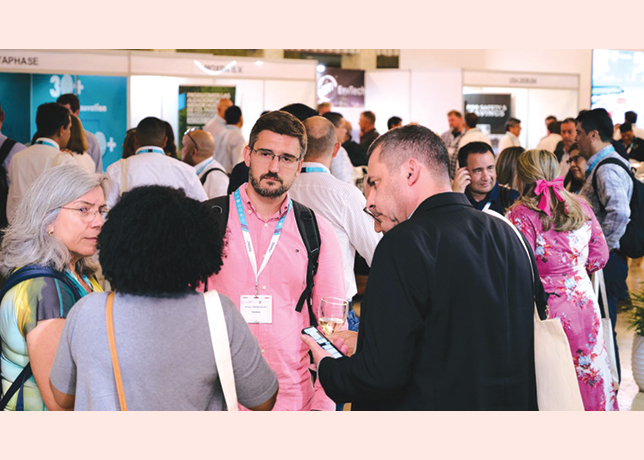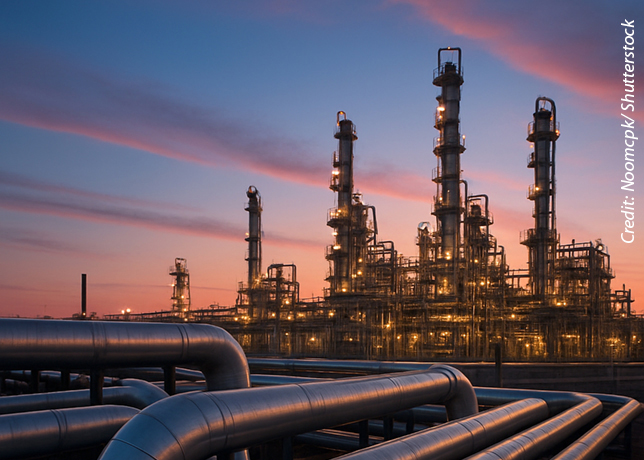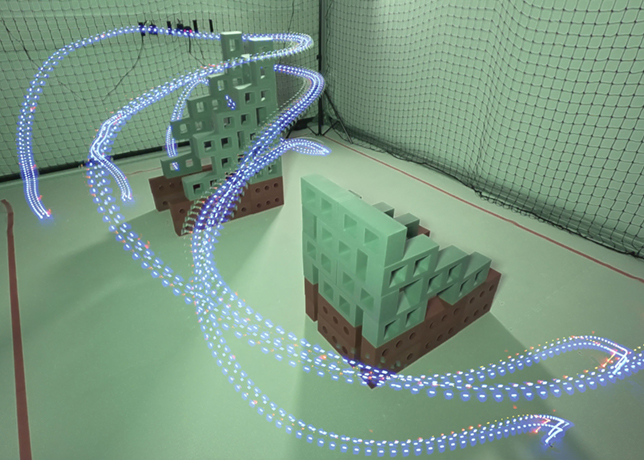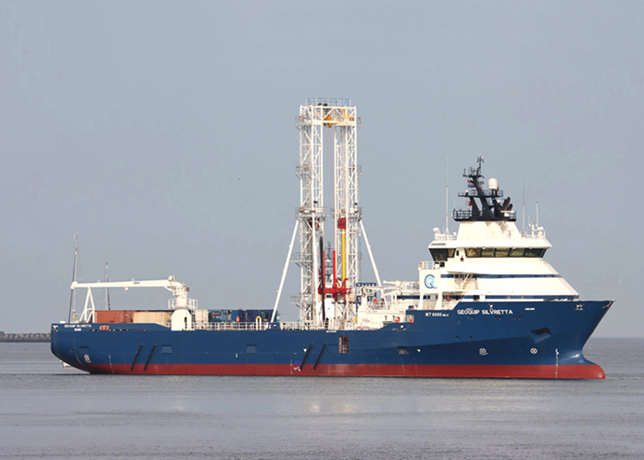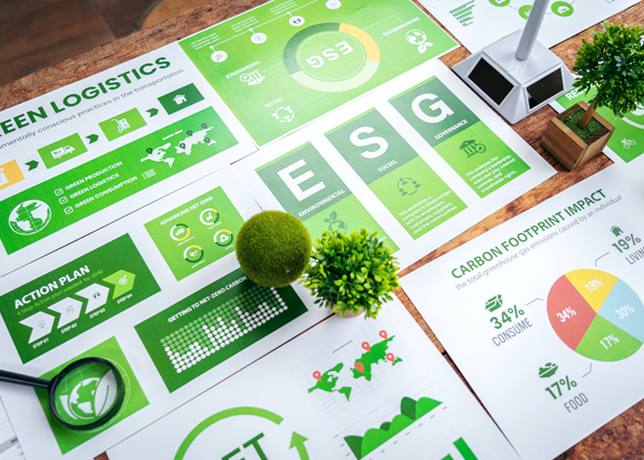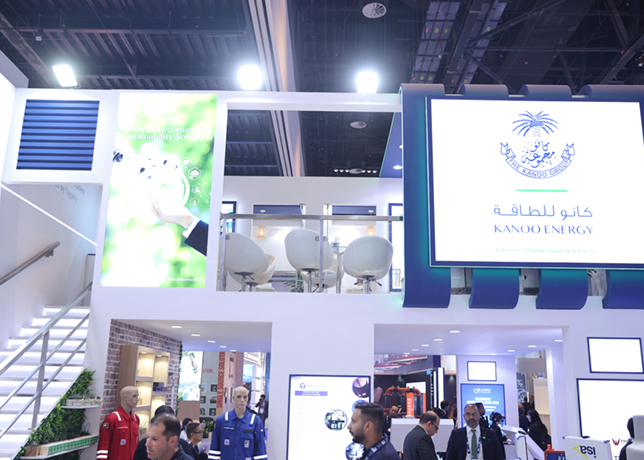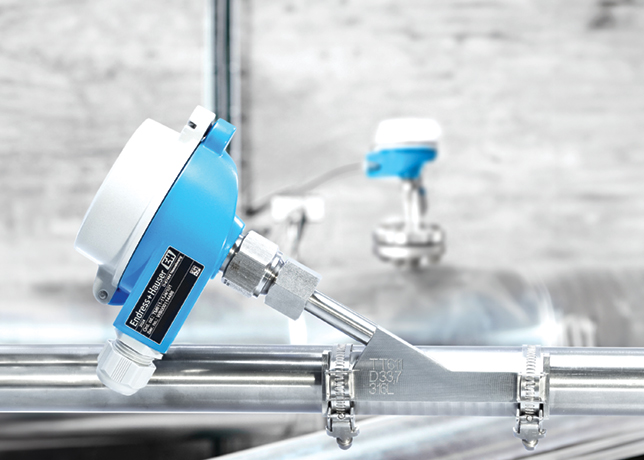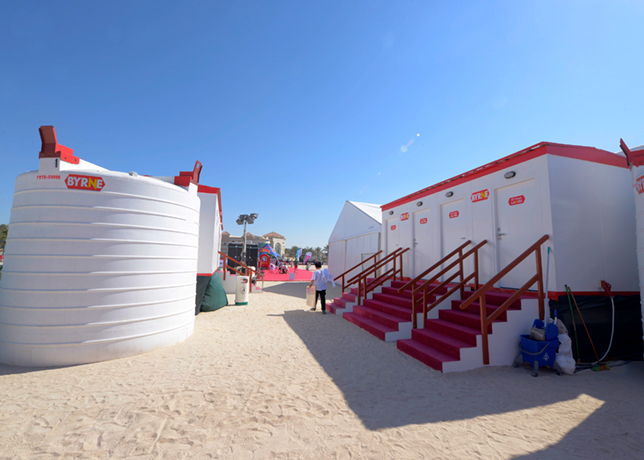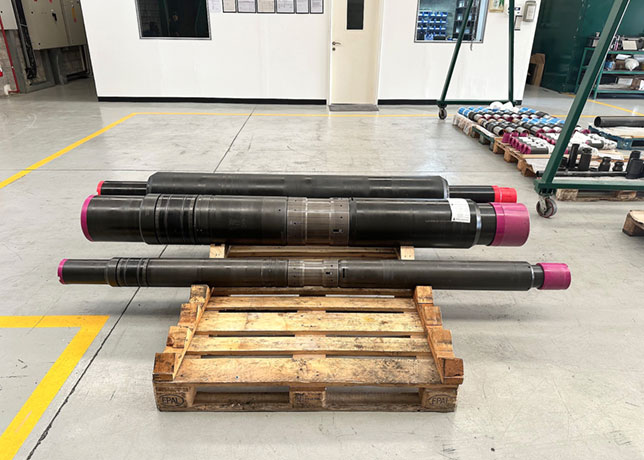
 Sanicro 35 sets a new standard in material performance
Sanicro 35 sets a new standard in material performance
Alleima’s Sanicro® 35 combines the best features of a super austenitic alloy to bridge the gap between stainless steels and higher-cost nickel alloys.
Designed for extremely corrosive environments and seawater applications, it’s ideal for heat exchangers due to its ability to balance out performance fluctuations.
The super austenitic grade has superior corrosion resistance, high mechanical yield strength, and excellent structural stability.
EXTENDING THE LIFE OF EVAPORATORS
Phosphoric acid plants have traditionally been designed with graphite heat exchangers to combat the highly corrosive concentration process.
However, graphite is very brittle and frequent tube fractures force unplanned maintenance stops. In some cases, this means heat exchangers must be replaced every three to four years.
As graphite heat exchangers are very expensive and a typical phosphoric acid plant has at least three, plus one or two spares, the long-term cost of these units is high.
Metallic heat exchangers are a good alternative. Although not as corrosion resistant as graphite, they are less expensive, don’t crack, and normally last at least twice as long as graphite.
Over the last 30 years, Alleima, has supplied hundreds of tonnes of Sanicro® 28 tubes for heat exchangers.
“Now, as an addition to our growing Sanicro® portfolio of nickel alloys and austenitic stainless steels, the versatile properties and lower corrosion rate of Sanicro® 35 can extend the life of phosphoric acid evaporators,” says Barinder Ghai, Director of Technical Marketing and New Business Development EMEA.
REDUCING CORROSION IN CONDENSERS
An Alleima customer replaced tubing on a heat exchanger with Sanicro® 35 after significant research, trials, and support, including discussions on the best way of welding the alloy to the tube sheet.
“One of our long-time customers, an ethylene oxide producer, was searching for ways to extend the life of their critical recycled column condensers using seawater. These condensers typically suffer from corrosion problems such as pitting, crevice, and erosion-corrosion,” says Ghai.
Recognising the possibilities to extend production lifecycles, the customer upgraded its condenser tubes and plates with Sanicro® 35.
With a long tradition in R&D for some of the most demanding industries around the world, Alleima is committed to continually discovering and innovating material solutions to meet the needs of customers/
BIOFUELS, AN INTERESTING AREA FOR ALLEIMA
Reaching net-zero targets requires actions to reduce emissions, such as shifting from fossil fuel energy to sustainable renewable sources.
Alleima has adopted a strategy in this regard and has started working with renewable segments with focus on biofuels and biopower.
When converting from fossil fuel to biofuels, there will be use of renewable feedstock based on a wide variety of raw materials, such as animal fat, spent cooking oil, vegetable oil, or pyrolysis oils from waste plastics, car tires, etc. This will reduce greenhouse gas emissions by up to 75-95 per cent compared to fossil-based fuels.
Processing of renewable feedstock, of course, comes with lot of corrosion challenges and Alleima has taken the lead in identifying the optimal corrosion-resistant materials for various types of heat exchangers, such as feed/effluent, reactor effluent air cooler (REAC) and fractionator, for most hydro processing steps.
“As such, Sanicro 35 is cost-effective solution to high nickel grades like Haste Alloy C 276 or Alloy 625 specially for REACs,” says Ghai.














